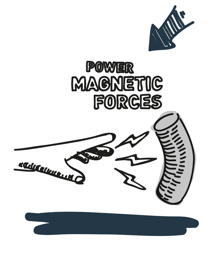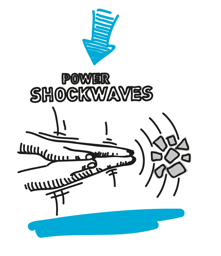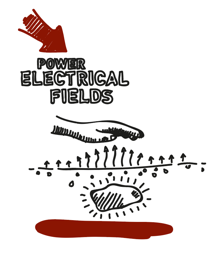Pulse power is the compression and extremely rapid release of small quantities of electrical energy to obtain extremely high power discharges. Since Power (P) is Energy (E) over Time (t), the same quantity of energy released in a very short amount of time results in extremely high levels of power.
A high-pulse-power amplifier stores electrical energy and discharges it very rapidly, through a series of amplification stages – each stage increasing the power output.
Different devices can be connected to the generator to convert electrical pulses into mechanical or electromagnetic effects

Electrical pulses are used to generate magnetic fields which are harnessed to accelerate metal parts at speeds of up to 500 metres per second. At such speeds, metal enters a viscoplastic state in which it adopts a liquid-like behaviour, enabling it for high precision forming and welding, with a large number of advantages over conventional forming and welding processes.

Pulsed power can be used to generate powerful shockwaves in a liquid environment. These shockwaves can be used to break apart rocks, either to clear blockages in oil wells or as part of a crushing process for use in mineral recovery. They can also be used to push metals at high speeds for electro-hydraulic forming applications.

Extremely short and high power electrical arcs generated in contact with rock causes spalling (micro-explosions) of the rock. Repeated at high speeds, this process can be used to drill efficiently through even the hardest of materials.

High power currents injected into the ground generate effects at depth that can be measured at the surface. Using these measurements in mathematical calculations, we can then determine the electrical properties of underground formations (chargeability, resistivity and conductivity), improving probabilities of finding otherwise hidden mineral, water or oil resources.